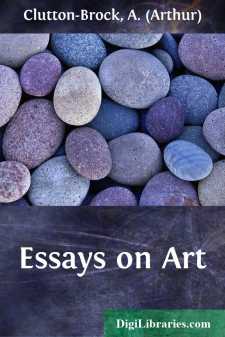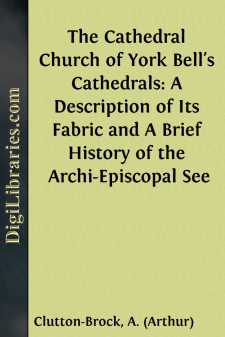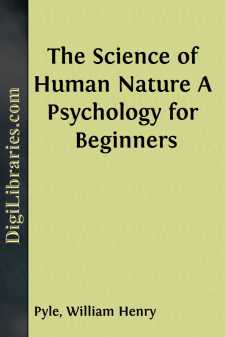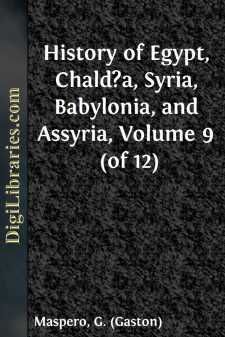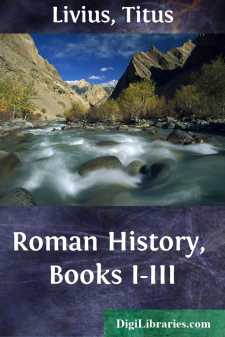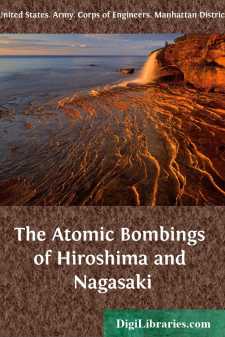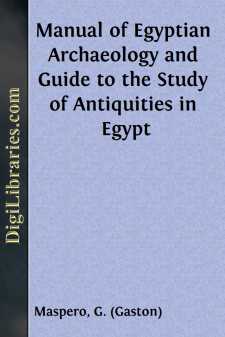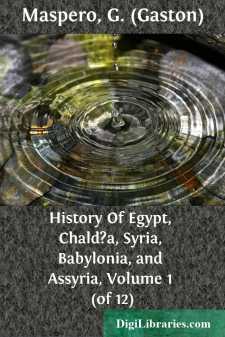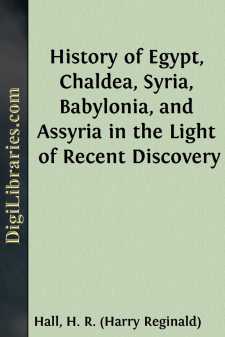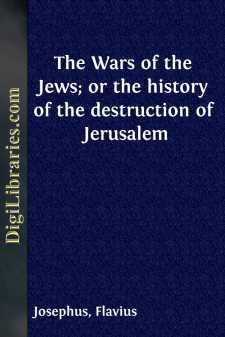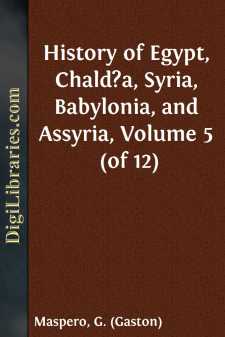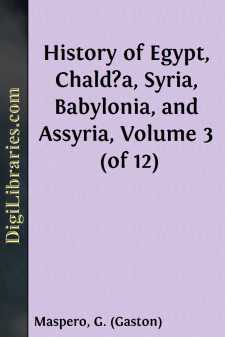Categories
- Antiques & Collectibles 13
- Architecture 36
- Art 48
- Bibles 22
- Biography & Autobiography 813
- Body, Mind & Spirit 142
- Business & Economics 28
- Children's Books 17
- Children's Fiction 14
- Computers 4
- Cooking 94
- Crafts & Hobbies 4
- Drama 346
- Education 46
- Family & Relationships 57
- Fiction 11829
- Games 19
- Gardening 17
- Health & Fitness 34
- History 1377
- House & Home 1
- Humor 147
- Juvenile Fiction 1873
- Juvenile Nonfiction 202
- Language Arts & Disciplines 88
- Law 16
- Literary Collections 686
- Literary Criticism 179
- Mathematics 13
- Medical 41
- Music 40
- Nature 179
- Non-Classifiable 1768
- Performing Arts 7
- Periodicals 1453
- Philosophy 64
- Photography 2
- Poetry 896
- Political Science 203
- Psychology 42
- Reference 154
- Religion 513
- Science 126
- Self-Help 84
- Social Science 81
- Sports & Recreation 34
- Study Aids 3
- Technology & Engineering 59
- Transportation 23
- Travel 463
- True Crime 29
Our website is made possible by displaying online advertisements to our visitors.
Please consider supporting us by disabling your ad blocker.
Essays on Art
Description:
Excerpt
ESSAYS ON ART
"The Adoration of the Magi"
There is one beauty of nature and another of art, and many attempts have been made to explain the difference between them. Signor Croce's theory, now much in favour, is that nature provides only the raw material for art. The beginning of the artistic process is the perception of beauty in nature; but an artist does not see beauty as he sees a cow. It is his own mind that imposes on the chaos of nature an order, a relation, which is beauty. All men have the faculty, in some degree, of imposing this order; the artist only does it more completely than other men, and he owes his power of execution to that. He can make the beauty which he has perceived because he has perceived it clearly; and this perceiving is part of the making.
The defect of this theory is that it ends by denying that very difference between the beauty of nature and the beauty of art which it sets out to explain. If the artist makes the beauty of nature in perceiving it, if it is produced by the action of his own mind upon the chaos of reality, then it is the very same beauty that appears in his art; and if, to us, the beauty of his art seems different from the beauty of nature, as we perceive it, it is only because we have not ourselves seen the beauty of nature as completely as he has, we have not reduced chaos so thoroughly to order. It is a difference not of kind, but of degree; for the artist himself there is no difference even of degree. What he makes he sees, and what he sees he makes. All beauty is artistic, and to speak of natural beauty is to make a false distinction.
Yet it is a distinction that we remain constantly aware of. In spite of Signor Croce and all the subtlety and partial truth of his theory, we do not believe that we make beauty when we see it, or that the artist makes it when he sees it. Nor do we believe that that beauty which he makes is of the same nature as that which he has perceived in reality. Rather he, like us, values the beauty which he perceives in reality because he knows that he has not made it. It is something, independent of himself, to which his own mind makes answer: that answer is his art; it is the passionate value expressed in it which gives beauty to his art. If he knew that the beauty he perceives was a product of his own mind, he could not value it so; if he held Signor Croce's theory, he would cease to be an artist.
And, in fact, those who act on his theory do cease to be artists. Nothing kills art so certainly as the effort to produce a beauty of the same kind as that which is perceived in nature. In the beauty of nature, as we perceive it, there is a perfection of workmanship which is perfection because there is no workmanship. Natural things are not made, but born; works of art are made. There is the essential difference between them and between their beauties. If a work of art tries to have the finish of a thing born, not made, if a piece of enamel apes the gloss of a butterfly's wing, it misses the peculiar beauty of art and is but an inadequate imitation of the beauty of nature....


